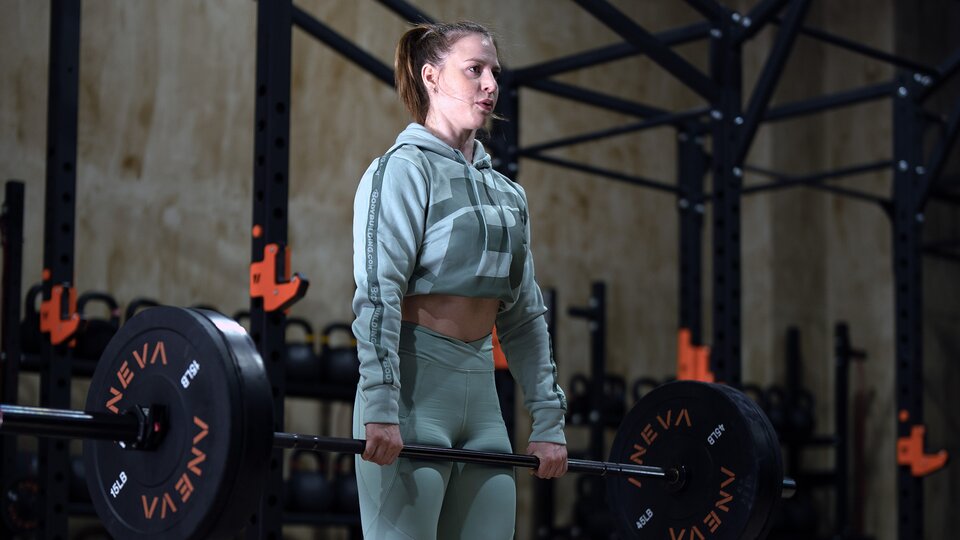If you’re a trainer, you’ve probably said it. And if you’re an athlete, you’ve probably heard it:
“Keep the weight close to your body!”
This is a very common cue used for many exercises, including Olympic lifts and deadlifts, both sumo and conventional. The key to keep in mind is that training for pure strength and training to isolate a specific muscle group are two different things.
Why so Close?
When we are trying to move a weight from point A to B with the highest level of mechanical efficiency, of course we want to keep the bar close– so close that we may lose some skin over the matter. We want to use mechanical advantages to leverage our weight against that of the barbell. Any slight deviation from a vertical bar path could sabotage the entire lift.
On the other hand, if we want to intentionally target a muscle and put as much tension through it as possible, we should actually try to put it at a mechanical disadvantage. By moving the dumbbells slightly away from your center of mass, you can increase the distance between the weight and the hip joint, causing the hamstrings and glutes to have to work even harder to control the hip hinging movement.
In nerdier terms, you are increasing the lever arm by moving the resistance further away from the axis of rotation, leading to increased torque on the hip extensor muscles. I usually aim to keep the dumbbells hovering just over my forefoot. In this case, we want more torque because more torque equals more stress on the muscle, which with time and repetition will equal increased size and loading tolerance of the hamstrings.
Another Tip
Something else I want to address with the RDL is changing your ankle position. You’ll often see lifters and bodybuilders, including myself, doing an RDL while using plates to elevate their toes into increased dorsiflexion.
This adjustment facilitates increased hip dominance of the already hip-focused exercise by putting the calf muscles on stretch, which further restricts knee flexion. Hopefully you recall that the hamstrings are a two-joint muscle group, so we can impart more tension onto them and further put them at a disadvantage with simultaneous hip flexion and knee extension– without locking the knees out completely. What you want to feel with this movement is a deep but tolerable hamstring stretch at the bottom.
Now, if your feet and toes start to feel tingly or go numb, back off a bit with your range of motion because you may actually be stressing your sciatic nerve.
When it comes to getting bigger and stronger, muscle tension is good, but neural tension is not so good. Perform the toes elevated RDL within a comfortably uncomfortable range, and over time you’ll not only see strength and size gains in your ham hocks, but you may also be able to access new ranges of motion.
Happy training!
